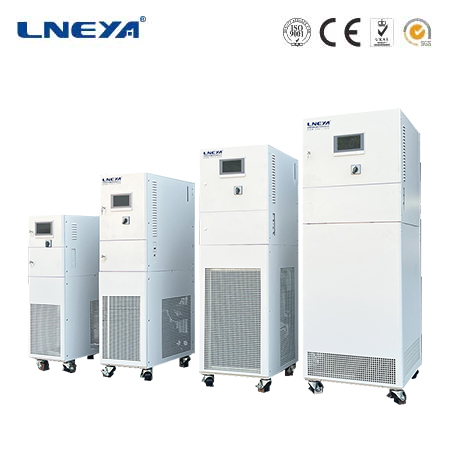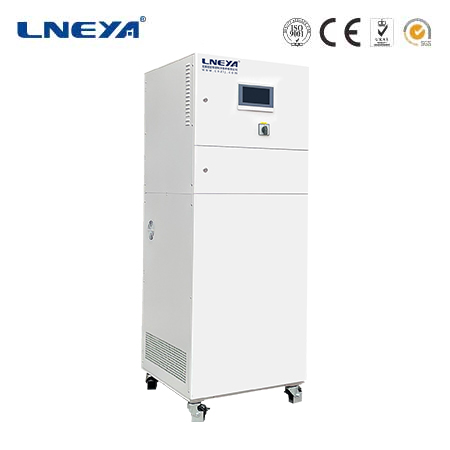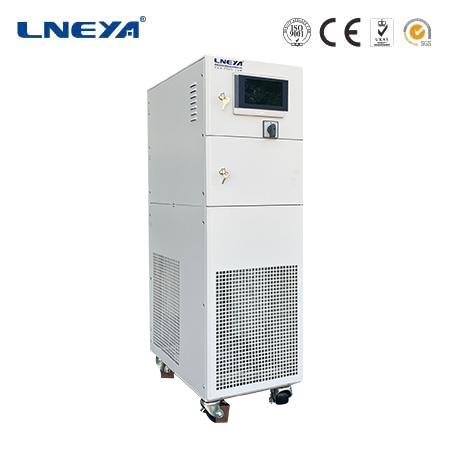type of chiller system
Types of Chiller Systems
Chiller systems are essential components in many cooling applications, ranging from commercial buildings to industrial processes. They are responsible for removing heat from a medium, such as air or water, and transferring it to another location, thereby providing a cooling effect. There are several main types of chiller systems, each with its own characteristics, applications, and advantages.

Air-Cooled Chillers
Air-cooled chillers are one of the most common types of chiller systems. As the name suggests, they use ambient air as the cooling medium to reject heat from the refrigerant. The basic components of an air-cooled chiller include a compressor, a condenser, an evaporator, and an expansion valve. The compressor raises the pressure and temperature of the refrigerant gas. The hot refrigerant then flows to the condenser, which is equipped with fins and fans. The fans blow air over the condenser coils, allowing the heat to be dissipated into the surrounding air, and the refrigerant condenses into a liquid. After passing through the expansion valve, the liquid refrigerant enters the evaporator, where it absorbs heat from the medium to be cooled and changes back into a gas. This gas then returns to the compressor to complete the cycle.
Air-cooled chillers are relatively easy to install since they do not require a complex water supply and drainage system. They are suitable for a wide range of applications, including small to medium-sized commercial buildings, such as offices, restaurants, and retail stores. However, their performance can be affected by high ambient temperatures, as it becomes more difficult to dissipate heat in such conditions. Additionally, they can be noisier compared to some other types of chillers due to the operation of the fans.

Water-Cooled Chillers
Water-cooled chillers use water as the medium for heat rejection. In this type of chiller, the condenser is connected to a cooling tower or a water source. The hot refrigerant gas in the condenser transfers its heat to the water, which then carries the heat away. The water is either cooled in a cooling tower by evaporating a portion of it or by using a closed-loop water source, such as a well or a river.
Water-cooled chillers are often preferred in large commercial and industrial facilities where a high cooling capacity is required. They are more efficient than air-cooled chillers in many cases, especially in areas with high ambient temperatures. They can also operate more quietly since they do not rely on large fans for heat dissipation. However, they require a more complex installation, including a water supply system, a cooling tower, and proper water treatment to prevent scaling and corrosion. The maintenance of water-cooled chillers can also be more involved compared to air-cooled ones.
Absorption Chillers
Absorption chillers operate on a different principle compared to compression chillers (such as air-cooled and water-cooled chillers). Instead of using a compressor to raise the pressure of the refrigerant, they use heat as the driving force. The main components of an absorption chiller include an absorber, a generator, a condenser, an evaporator, and a solution pump.

In an absorption chiller, a refrigerant (usually ammonia) and an absorbent (such as water for ammonia) are used. The process starts with the absorbent solution absorbing the refrigerant vapor in the absorber. The resulting rich solution is then pumped to the generator, where heat is applied. The heat causes the refrigerant to vaporize from the solution, and the high-pressure refrigerant vapor then flows to the condenser. In the condenser, the refrigerant condenses into a liquid, which then passes through the expansion valve and enters the evaporator. In the evaporator, the refrigerant absorbs heat from the medium to be cooled and vaporizes. The refrigerant vapor then returns to the absorber to complete the cycle.
Absorption chillers are often used in applications where there is a readily available source of waste heat, such as in industrial processes or in buildings with a combined heat and power system. They can also be powered by natural gas or steam. One advantage of absorption chillers is that they can reduce the electrical demand for cooling, which can be beneficial in areas with high electricity costs or during peak demand periods. However, they have a lower coefficient of performance (COP) compared to compression chillers in some cases, and their initial cost can be higher.
When choosing a chiller system, several factors need to be considered, such as the required cooling capacity, the available space for installation, the operating environment (ambient temperature, humidity), the energy source, and the budget. Each type of chiller system has its own strengths and weaknesses, and the right choice depends on the specific requirements of the application.
In conclusion, understanding the different types of chiller systems is essential for making an informed decision when it comes to cooling solutions. Whether it’s an air-cooled, water-cooled, or absorption chiller, each type offers unique benefits and is suitable for different scenarios. By carefully evaluating the various factors and considering the specific needs of the application, one can select the most appropriate chiller system to ensure efficient and reliable cooling.
Related recommendations
thermal chamber testing procedure
161Introduction to Thermal Chamber Testing Procedure Thermal chamber testing is a critical process used to evaluate the performance and reliability of materials, components, and products when expo...
View detailsexternal chiller
244Closed-Cycle Cooling Water System: Precision Temperature Control for Diverse Applications A closed-cycle cooling water system, often referred to as a recirculating water bath chiller, is an ess...
View detailswater bath maintenance
198Introduction to Water Bath MaintenanceWater bath devices are essential in laboratories for applications such as incubating samples and facilitating temperature-sensitive chemical reactions. Howeve...
View detailsgas refrigeration
208Introduction to Gas Refrigeration Systems Gas refrigeration systems are a type of refrigeration technology that uses gas as the refrigerant to transfer heat from one area to another. Unlike con...
View details
 LNEYA Thermal Test Chillers
LNEYA Thermal Test Chillers





HelloPlease log in